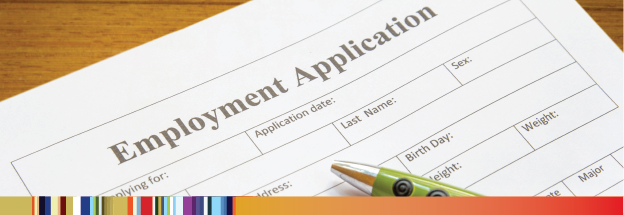RESUME DEVELOPMENT

15-20 seconds! That is all the time you have to gain the reader's attention. If it is poorly written, full of mistakes, or they do not see something intriguing, they probably will not read any further. All of your hard work will have been for nothing. However, the worst part will be the fact that you are waiting for a reply that may never come.
Most résumés are skill-based, meaning they focus on what you can do, and not where you did it. This is the information requested by many major employers. However, résumés have no official format. Since a résumé is essentially a sales brochure, you want to include everything that relays why you are the right person for the job.
The following are general guidelines that may help you avoid having your résumé overlooked:
Note: a two page résumé is acceptable
Left justify the entire document (align text to the left side of the page)
Place your name at the top of the page on its own line
Use standard address format below your name
Multiple addresses should be placed one on top of the other
List each phone number on its own line
Avoid vertical and horizontal lines, graphics, and boxes/tables
Avoid punctuation as much as possible
Text should be broken out by using bullets and sentences or phrases rather than long paragraphs
Format résumé with:
- Work History, Employers, Position Titles, and Dates including Month and Year
- Detailed Work Activities/Duties and Responsibilities
- Specific Achievements and Accomplishments
- Education, including Degrees, Special Schools, Certifications and Short Courses
Use numbers ($'s, %'s, MM, K...) and occupation-specific terms that an employer will quickly understand to demonstrate specific achievements and accomplishments.
Do not crowd the information on the page, leave white space, which makes for easier reading
Do not include personal information, such as marital status, height, weight, age, disability, photograph or religion.
If you say in your résumé or cover letter that you are detail oriented, make sure that you are!
Print off a copy of your résumé, read it, and give it to someone else to read.
If possible, before the final printing, let it sit overnight and review it one more time the next morning.
Remember these key points when putting your résumé together. One of the most important things to do after you have written your résumé is to: Proofread! Proofread! And Proofread!
